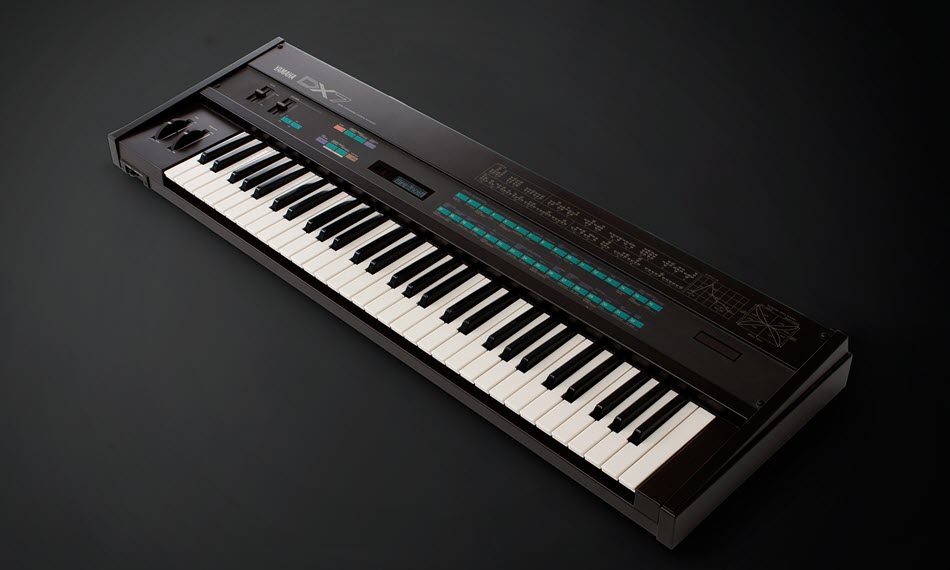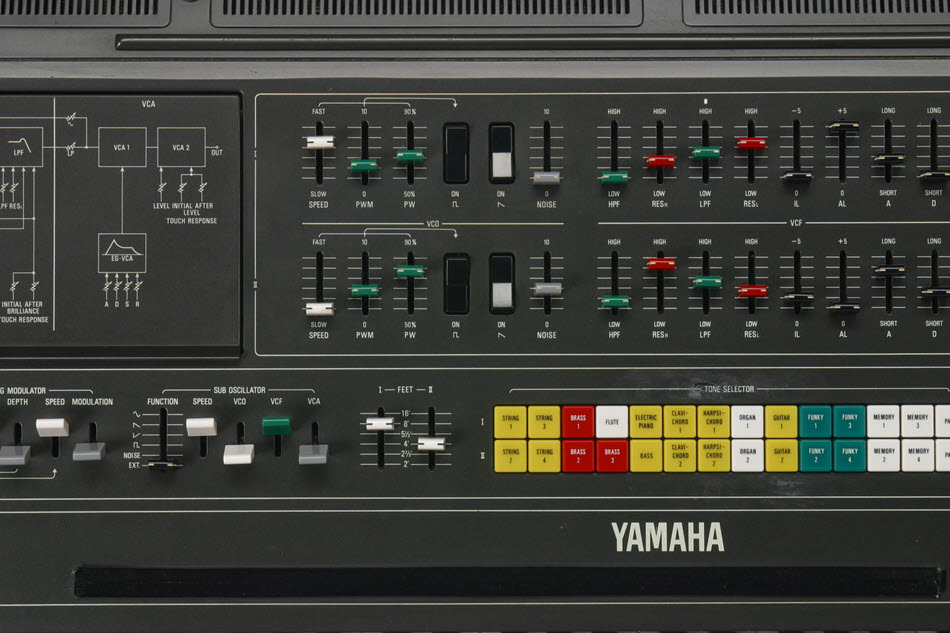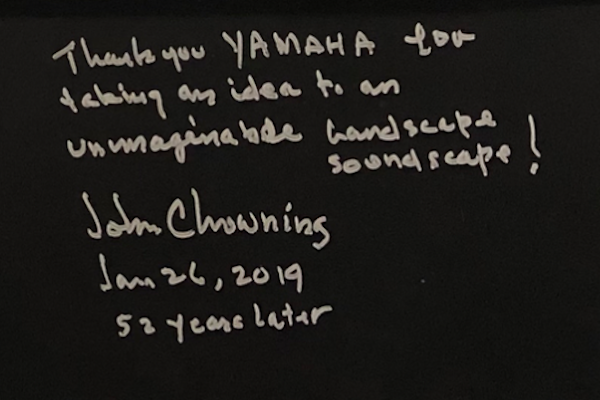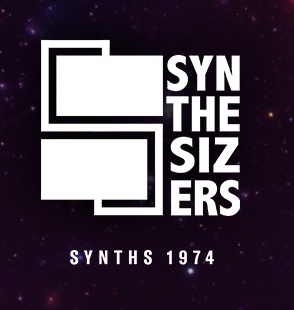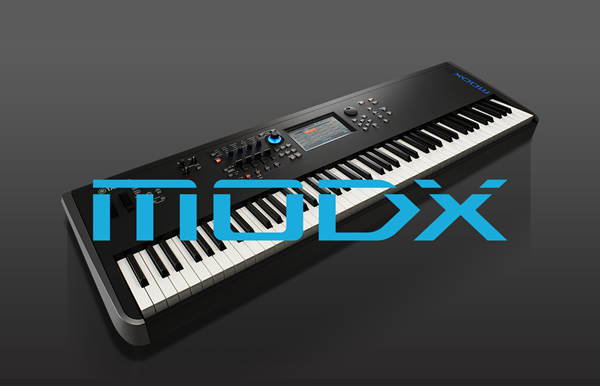History of the Synthesizer, Part 1
Tracing the evolution of audio synthesis through the decades.
The development of the synthesizer has spanned many decades, with roots that date back to the early 20th century. In this article we’re going to trace that path from its origins to the dawn of the digital era age in the 1970s (Part 2 will cover the 1980s to the present day), but first let’s agree on what a synthesizer is.
There are two main criteria to defining a musical instrument as a synthesizer, versus other types of keyboards. They are:
1. It must produce its basic sound via electronic or digital means. So electromechanical devices that produce their sound mechanically or acoustically and are then amplified (such as organs or electric pianos) do not count.
2. It must give the user significant control in shaping or modifying the sound being produced, beyond basic EQ or the addition of effects.
With those assumptions in place, let’s go forward into the past!
Early Precedents
Back in 1915 an instrument called the Audion Piano marked the first time vacuum tubes were used to create sound. That technology would power most of the electronic musical instruments for the following 50 years, until the emergence of transistor technology. Other tube-powered instruments included the Theremin (1924), the Ondes Martenot (1928) and the Trautonium (1930). In 1929, an instrument called the Orgue des Ondes was the first keyboard to give the user the ability to add and subtract harmonics from the sound — a precursor to the synthesizer filter.
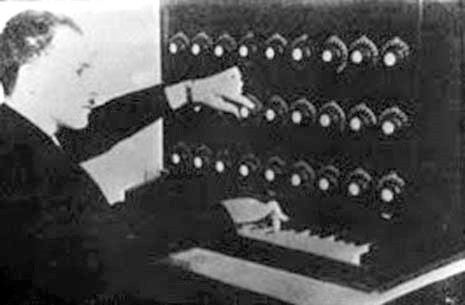
A couple of instruments developed by German engineer Harald Bode established design principles that would become the foundation of the synthesizer as we know it today. His Warbo Formant Orgel (1937) included switches for filter envelope shapes and a rudimentary method of providing preset voicings. Much later, his Sound Processor (1960) defined the concept of using separate sound producing and modifying modules to create tones.
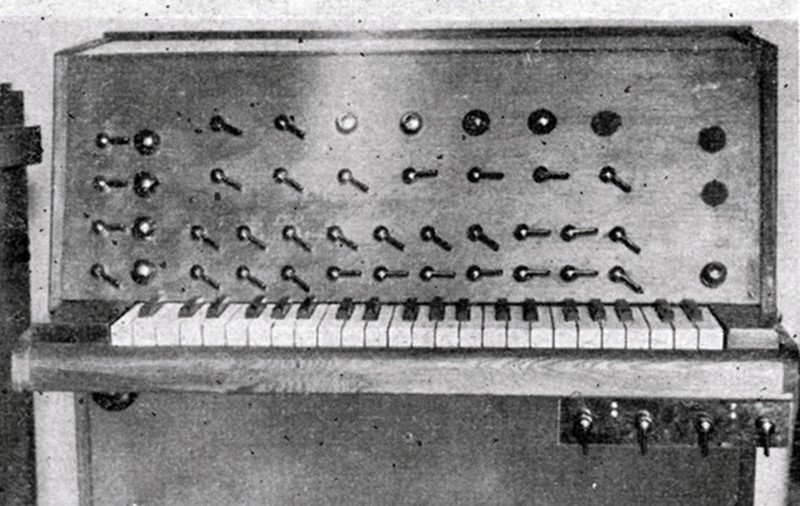
The vacuum-tube RCA Music Synthesizer, unveiled in 1955, was a joint experiment in sound production and manipulation between Princeton University and Columbia University … and it was also the first instrument to call itself a “synthesizer.” Looking like an analog computer with no musical keyboard, the notes to be played, along with their tonal characteristics, were entered using punched paper tapes that were fed into the device. Upon playback, the user could further control aspects of pitch, octave, envelope, timbre and volume using analog switches.
With these precedents in design and function established, the world was ready for the modern synthesizer.
The Birth of Analog Synthesis and Modular Synthesizers
In 1964, electrical engineer and music aficionado Robert Moog presented a paper titled “Voltage-Controlled Electronic Music Modules” at the Audio Engineering Society (AES) convention in New York. This landmark document built on the work of Bode but described the concept of interconnecting individual audio generating and sound processing modules with control-voltage (CV) technology rather than vacuum tubes. Moog was invited to show his prototype components at the convention, which received a very positive reaction from attendees. In 1967 he began to produce the Moog Modular Synthesizer, which integrated multiple CV components (“modules”) together, connected by short cables called “patch cords” that could be plugged in and out as the player desired. The instrument was embraced not only by the avant-garde electronic musicians of the time, but by many pop groups such as The Beatles, the Monkees and others. When, in 1968, composer Wendy Carlos featured the instrument on her hit album Switched-On Bach, the world accepted that Moog’s invention could be used for highly musical and expressive performances. Prog-rock keyboardist Keith Emerson would later tour the globe for decades with his massive custom modular Moog system. Moog’s designs set a number of standards for the synth industry, such as 1 volt per octave CV control, and pulse triggering signals for connecting and synchronizing multiple components and modules.
At the same time, on the West Coast, Don Buchla was also experimenting with these concepts, but taking a different approach, foregoing a keyboard altogether and focusing instead on unique timbral and gestural control. His instruments (the first being the Buchla Series 100, or Buchla Box) were nowhere near as commercially successful as Moog’s, but were nonetheless quite innovative and would come to be used by cutting-edge composers like Terry Riley and Steve Reich.
In the UK, a developer named Peter Zinovieff had founded a small facility called Electronic Music Studios (EMS), where he created a complex music system involving multiple mini-computers and some analog gear, along with custom software. In 1971, EMS released a miniaturized version called the EMS VCS3. This small modular synth was quickly adopted by many of the top British performers of the day, including Pink Floyd, Brian Eno, Robert Fripp and The Who.
Back in the U.S., a company called ARP (named for designer Alan R. Pearlman) debuted a large voltage-controlled monophonic modular synth called the ARP 2500 in 1970. Similar to the EMS, it used a matrix system for interconnecting modules, although it employed sliding switches instead of the pins used on the VCS3. The ARP 2600, a more portable (and only semi-modular) synth that combined patch cord interconnections with sliders controlling many hard-wired choices, followed in 1971. The 2600 received widespread use by many artists of the era, including Stevie Wonder, Edgar Winter and Pete Townsend of The Who.
Synthesizers for the Performing Artist
In 1970, the RA Moog Company (later Moog Music) unveiled a watershed instrument in the history of synthesizers: the Minimoog. An internally pre-wired synth (it needed neither patch cords nor a matrix system for interconnections), the Minimoog was aimed squarely at performing musicians. It introduced two real-time controllers that have since become standard on synthesizers everywhere: the pitch bend wheel and the modulation wheel. And while it had a very basic voice architecture with limited modulation capabilities, the three-oscillator design combined with 24 dB per octave filters produced a characteristically rich sound.
Numerous performance synthesizers followed. ARP released the programmable Odyssey and the preset Pro-Soloist in 1972. The Odyssey provided a sonic alternative to the Minimoog and was used by Herbie Hancock, Jon Lord (Deep Purple), George Duke and others, while the preset Pro-Soloist found favor with artists such as Tony Banks (Genesis), Billy Preston and Tangerine Dream. At around the same time, two Japanese companies entered the market, with instruments akin to the Pro-Soloist: the Korg miniKorg and the Roland SH-1000, each with its own unique sound albeit limited programming capabilities, but with easy-to-access modulation effects and presets that made them appealing for live performance.
In 1974, American engineer Tom Oberheim founded Oberheim Electronics and unveiled the SEM (short for “synthesizer expansion module”), which had a simple voice architecture but a characteristic warm sound, along with a highly flexible 12 dB per octave multi-mode filter. Multiple SEMs were later coupled with a keyboard and a sequencer to create the TVS-1 (Two Voice) and FVS-1 (Four Voice) synths.
Yamaha Enters the Arena
That same year, piano and organ giant Yamaha entered the arena with a (mostly) preset synth called the SY-1. It offered several unique features such as Attack Bend, which manipulated both the pitch and filter envelopes to produce a slight pitch and timbral change when keys were pressed, along with a variety of preset envelope shapes. But the most innovative feature for the time was its keyboard, which provided both velocity and after-touch sensitivity for increased expressivity.

This was followed in 1975 by the SY-2, which added some features and came with a flight case and removable legs to make it transportable and easy to set up.
At around the same time, Yamaha had been working on a behemoth electronic organ called the GX-1 “Dream Machine.” Looking back today, it’s clear that the GX-1 was actually a synthesizer, and it likely was the first true polyphonic synth developed. The instrument has become legendary, and was used by artists such as Keith Emerson, John Paul Jones of Led Zeppelin, Stevie Wonder and ABBA’s Benny Andersson.
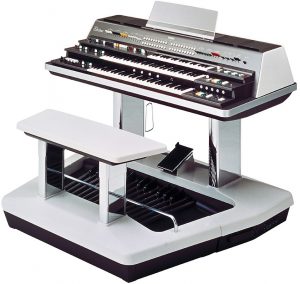
In 1977, Yamaha created one of the all-time great analog synths, the CS-80. It actually had two layers of 8-note polyphony, unheard of for its time. Along with velocity sensitivity, the CS-80 provided individual pressure response per key, another innovation. A long ribbon strip above the keys enabled the user to add all sorts of modulation and expression. And, despite the fact that it was produced before the age of digital patch storage (see below), it came equipped with four analog memory locations, each utilizing mini-sliders that mimicked the layout of the main controls on the top panel. The CS-80 quickly became a favorite of many top musicians of the era, including Eddie Jobson (UK), Steve Porcaro (Toto) and composer Vangelis, who said of the instrument, “It’s the most important synthesizer in my career — and for me the best analog synthesizer design there has ever been.”
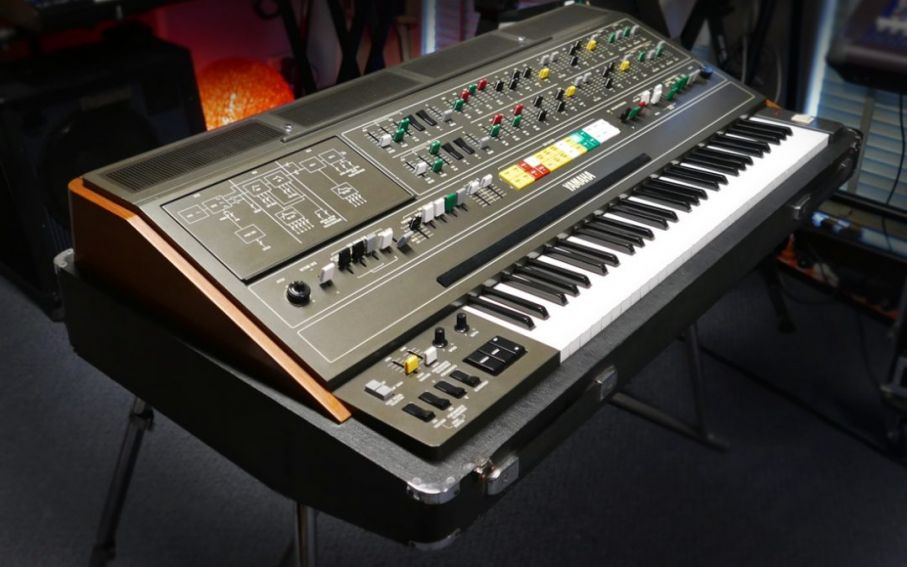
The Dawn of the Digital Age
In 1978 a new American company called Sequential Circuits released a break-through instrument, the five-note polyphonic Prophet 5, which was the first “hybrid” synth, combining analog sound production with digital control in the form of preset memories. While not as complex as the CS-80, it hit a price/performance sweet spot and became a huge success. At around the same time Moog unveiled their fully polyphonic Polymoog, and other synths with memory storage soon followed, including the Oberheim OB-X and the Roland Jupiter-4.
At the end of the ‘70s several new instruments would point the way to future trends in synthesis. A company called New England Digital released the Synclavier I, which utilized FM (Frequency Modulation) synthesis for the first time, followed by the Synclavier 2, which incorporated a 32-track sequencer. A German company called PPG debuted their Wave Computer 360, the first in a series of Wave instruments and the first commercially released synth to use wavetable technology. In 1979 an Australian manufacturer released the Fairlight CMI (Computer Music Instrument), which heralded in the use of sampling technology — digital recordings of instruments, voices and other sounds.
Although the primitive digital-to-analog converters (DACs) of the era limited the sound quality of these early synths, one thing was clear: Digital was here to stay.
Ready to learn more? Check out Part 2 of this series, which covers the development of synthesizers in the 1980s and beyond.










